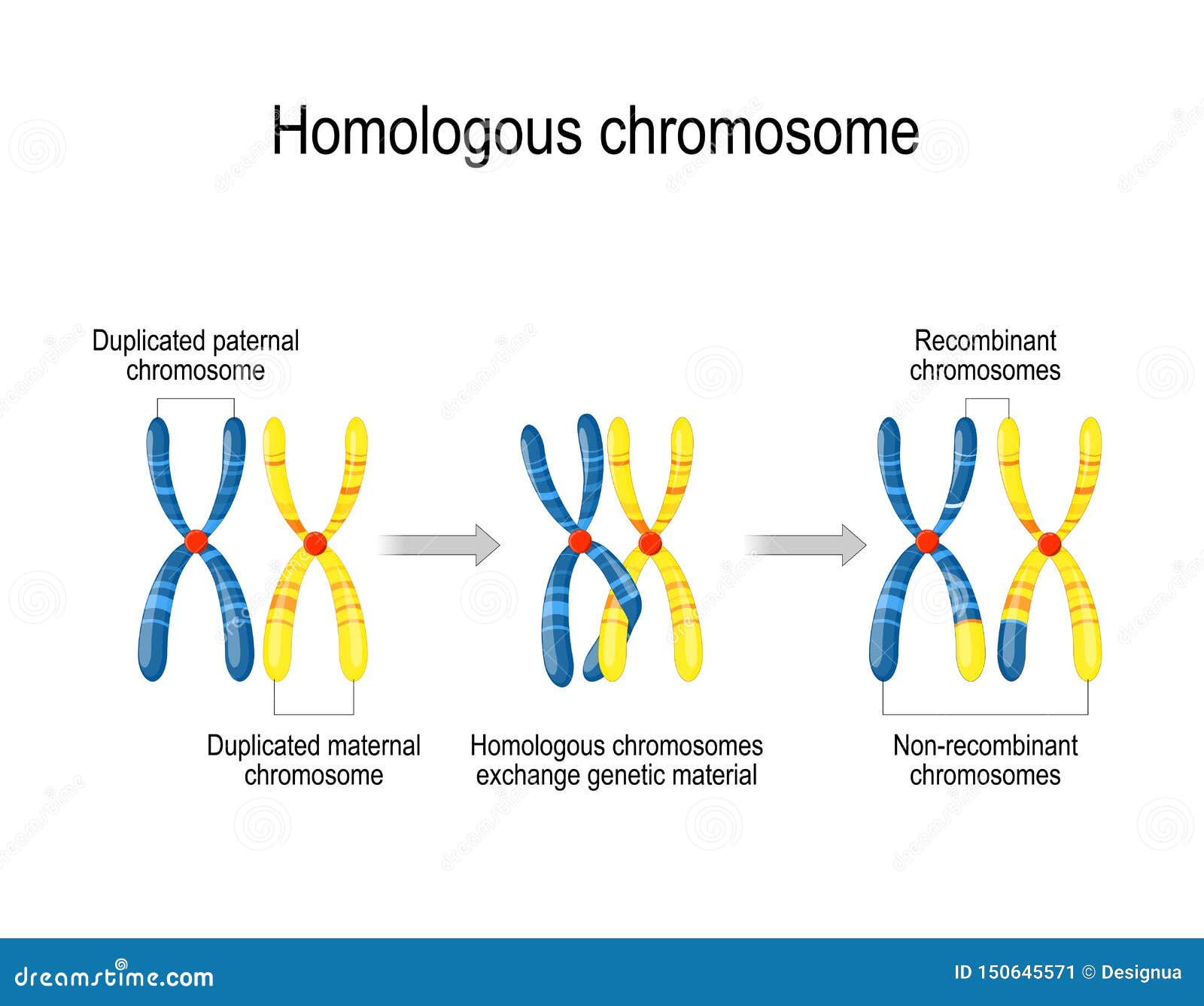Distinction between paternal and maternal – Paternal vs. maternal: understanding the important thing variations is essential in numerous fields, from biology to legislation. This exploration delves into the nuances of those phrases, inspecting their historic context and trendy implications. We’ll uncover how these seemingly easy ideas have formed our understanding of inheritance, genetics, and even social constructions. Put together to be shocked by the depth and breadth of this fascinating matter.
The distinction between paternal and maternal lineages goes past easy nomenclature. It touches upon the distinctive contributions every mother or father makes to a toddler’s genetic make-up and, in some instances, even cultural or social roles. This in-depth look will analyze the scientific foundation behind these distinctions and their influence on particular person and societal growth.
The distinction between paternal and maternal influences is an enchanting space of examine, impacting the whole lot from character traits to well being dangers. This text delves into the nuanced methods during which each mother and father contribute to their youngsters’s growth, inspecting the genetic, environmental, and social elements that form a toddler’s distinctive traits. We’ll discover how these variations manifest, what the implications are, and the way they are often understood throughout the broader context of household dynamics and societal expectations.
The Genetic Panorama: Unpacking Paternal and Maternal DNA
On the most basic degree, each mother and father contribute equally to a toddler’s genetic make-up. Nevertheless, the precise influence of every mother or father’s DNA varies considerably. Paternal genes, usually related to traits like top and sure bodily attributes, can have a profound influence. Maternal genes, then again, play a crucial function in a toddler’s total well being and susceptibility to sure situations.
Understanding these variations requires exploring the complicated interaction of genes and their expression.
Exploring the Function of X and Y Chromosomes
The intercourse chromosomes, X and Y, additional spotlight the distinctive contributions of every mother or father. The mom at all times contributes an X chromosome, whereas the daddy contributes both an X or a Y chromosome, figuring out the kid’s intercourse. This basic distinction has implications for numerous traits and predispositions. [Gambar ilustrasi: difference between paternal and maternal]
Environmental Influences: Shaping the Kid’s World
Past genetics, the atmosphere performs a vital function in shaping a toddler’s growth. Paternal affect usually manifests within the kid’s publicity to the daddy’s values, beliefs, and behaviors. The mom’s function usually includes nurturing and offering a secure residence atmosphere, which profoundly impacts the kid’s emotional and social development. These variations can result in variations in character traits, habits, and social interactions.
Parental Interplay and Little one Growth
The dynamic between mother and father considerably impacts the kid’s growth. The precise methods mother and father work together, talk, and help their little one form their understanding of the world. This consists of the daddy’s function in offering construction and steerage and the mom’s function in nurturing and emotional help. The distinction between these approaches, whereas usually delicate, can have long-lasting results.

Societal Expectations and Perceptions
Societal expectations surrounding paternal and maternal roles usually affect the way in which youngsters are raised and the experiences they encounter. The completely different expectations positioned on fathers and moms can form their behaviors and interactions with their youngsters. Understanding these societal variations is essential for fostering a balanced and supportive atmosphere for each mother and father and youngsters. It is vital to keep in mind that these expectations usually are not set in stone and may differ considerably throughout cultures and time intervals.

Cultural Influences on Parental Roles
Completely different cultures have various expectations concerning the roles of fathers and moms. These cultural norms considerably influence the way in which mother and father work together with their youngsters, influencing the precise traits and behaviors youngsters develop. Understanding the cultural context of parental roles helps to contextualize the variations between paternal and maternal influences.
Well being Implications: A Deeper Dive into Paternal and Maternal Components
The distinction between paternal and maternal influences extends to well being implications. Youngsters can inherit predispositions to sure ailments or situations from both mother or father. Maternal elements usually relate to situations stemming from prenatal growth, whereas paternal elements can affect predisposition to sure cancers or different ailments later in life. Understanding these potential well being implications is essential for each mother and father and healthcare professionals.
Prenatal Care and Well being Outcomes, Distinction between paternal and maternal
Prenatal care performs a crucial function in guaranteeing a wholesome consequence for the kid. The mom’s well being and well-being throughout being pregnant considerably influence the kid’s growth. Paternal elements, equivalent to stress and publicity to toxins, may also contribute to well being outcomes. A balanced understanding of those elements is crucial for selling optimum well being for the complete household.
Conclusion: A Holistic Strategy to Understanding Parental Influences
The distinction between paternal and maternal influences is multifaceted, encompassing genetic predispositions, environmental elements, and societal expectations. A holistic understanding of those influences is essential for recognizing the complicated interaction of things that form a toddler’s growth. It is vital to keep in mind that each mother and father contribute equally to the kid’s well-being, and understanding the nuances of those contributions is crucial for supporting households.
[Lihat juga: Judul Artikel Terkait]
[Gambar ilustrasi: difference between paternal and maternal]
This text supplies a primary understanding of the subject. For a extra in-depth exploration, we encourage you to discover associated articles. Share your ideas and experiences within the feedback beneath. Share this text with others who would possibly discover it invaluable.
In conclusion, the distinction between paternal and maternal influences is a fancy tapestry woven from organic, social, and cultural threads. Whereas each mother and father contribute equally to a toddler’s growth, understanding the distinct traits related to every lineage can present invaluable insights into inheritance patterns, genetic predispositions, and even historic tendencies. This exploration highlights the interconnectedness of our previous, current, and future, reminding us of the multifaceted nature of human existence.
FAQ Part: Distinction Between Paternal And Maternal
What are some examples of traits influenced by paternal vs. maternal lineage?
Particular examples differ relying on the trait in query, however some analysis means that sure bodily traits, predispositions to sure ailments, and even character traits may need stronger connections to both the maternal or paternal facet of the household tree. Additional analysis is consistently revealing extra.
How does cultural context have an effect on the notion of paternal and maternal roles?
Cultural norms considerably form the perceived roles and expectations surrounding paternal and maternal figures. In some societies, the paternal lineage would possibly maintain extra prominence, whereas in others, the maternal line performs a extra vital function. This highlights the cultural relativism in deciphering these roles.
Are there particular authorized implications of paternal and maternal lineage?
Authorized techniques usually make the most of paternal and maternal lineages for functions equivalent to inheritance rights, citizenship, and figuring out paternity. These authorized implications differ significantly throughout jurisdictions and are continuously evolving with societal shifts.
How do developments in genetics have an effect on our understanding of those distinctions?
Fashionable developments in genetic testing are offering a extra nuanced understanding of the interaction between paternal and maternal DNA. Methods like DNA sequencing permit for a deeper exploration of genetic predispositions and inheritance patterns, resulting in higher precision in understanding the interaction of those influences.

